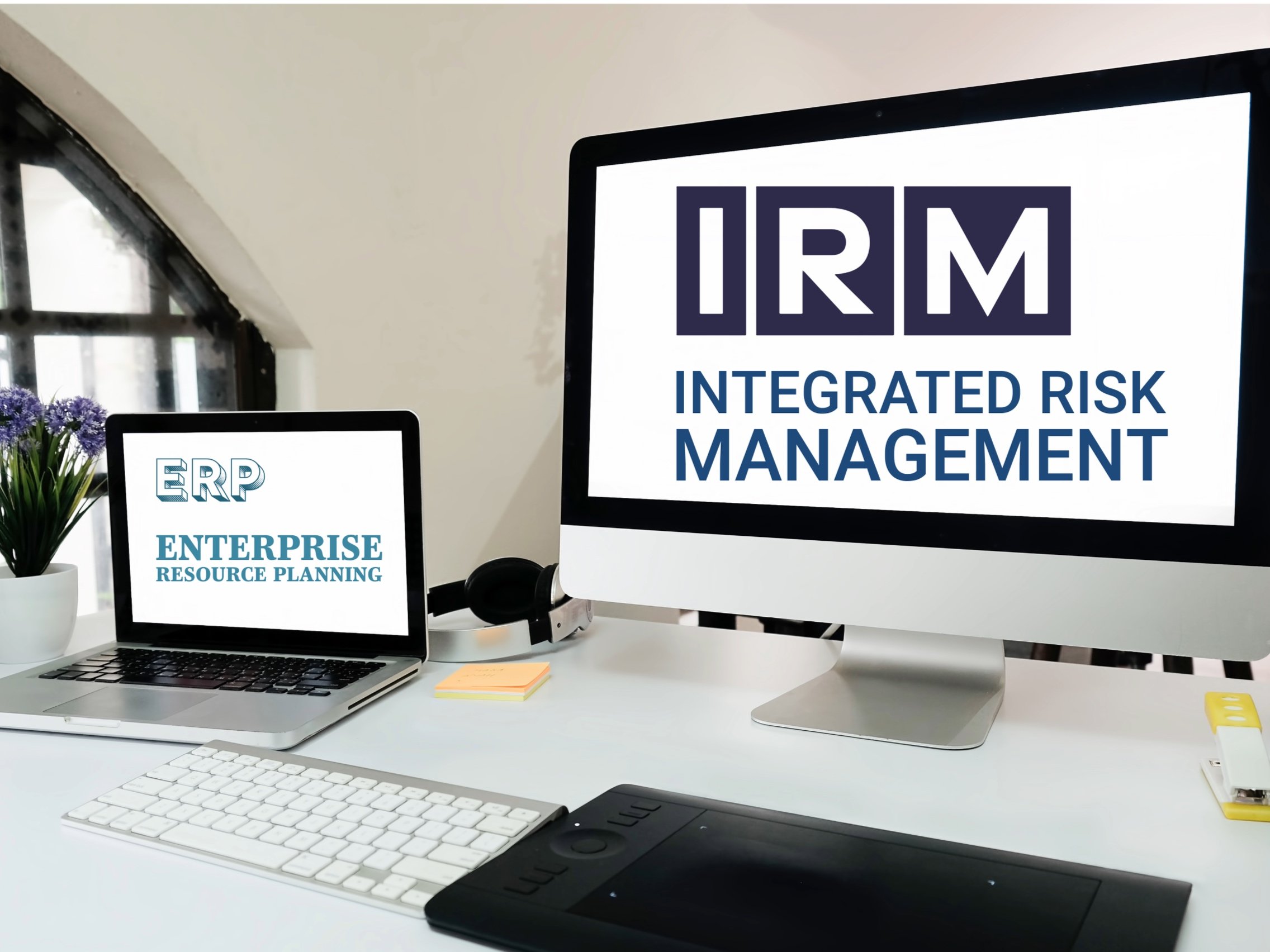ERP and IRM Take Similar Paths to Shape the Modern Business Landscape
The advent of Integrated Risk Management (IRM) marks a pivotal era in corporate governance, mirroring the transformative impact that Enterprise Resource Planning (ERP) systems have had on process integration. While ERP has traditionally unified core business functions — from financial management and supply chain operations to human resources — IRM is achieving a similar integration for risk management disciplines, including operational risk management (ORM), IT risk management (ITRM), enterprise risk management (ERM), and governance, risk, and compliance (GRC).
In the context of process and data integration, ERP systems have long stood as the quintessential model for removing silos, allowing for seamless information flow and resource optimization across various functions. This integration facilitates a comprehensive view of an organization's operations, enhancing decision-making and efficiency. IRM, now reaching an equivalent level of maturity and adoption, is forging a parallel path in the realm of risk management. It consolidates data and processes across traditionally isolated risk domains, enabling a unified view of risk that is both strategic and actionable.
IRM’s ascension to the prominence once solely occupied by ERP systems is a testament to the evolving focus of organizational leadership. Where ERP integrates various functions to optimize resources and workflows, IRM interlaces disparate risk-related processes to provide a holistic risk posture. This integration is critical as it allows for the identification of cross-functional risks and the implementation of coherent risk mitigation strategies.
IRM Reaches New Level of Maturity and Adoption
“IRM’s ascension to the prominence once solely occupied by ERP systems is a testament to the evolving focus of organizational leadership.”
By comparing the two, it’s evident that while ERP’s strength lies in creating a synergized operational backbone for business functions, IRM's forte is in weaving together the fabric of risk insights across the enterprise. The strategic value of IRM is in its ability to not only centralize risk data but also provide the analytics and reporting that empower organizations to anticipate, understand, and respond to risks in a coordinated manner. This mirrors the impact ERP has on operational data — gathering it into a central repository for improved reporting, planning, and execution.
The maturation of IRM technologies now places risk management at a similar inflection point to that which ERP systems experienced decades ago. Just as ERP systems revolutionized the efficiency and effectiveness with which businesses could manage their operations and resources, IRM is revolutionizing how they manage and respond to risk. The integration of ORM, ITRM, ERM, and GRC under the IRM umbrella is driving a more disciplined, transparent, and proactive approach to risk management, just as ERP did for resource management.
As we look to the future, it’s clear that the parallels between ERP and IRM will only grow stronger. Both systems serve as critical linchpins in their respective domains, facilitating the integration of data and processes that enable organizations to operate with greater intelligence, agility, and strategic alignment. The evolution of IRM to match ERP’s levels of integration and use is not just a milestone in risk management; it is a reflection of the increasing complexity and interconnectivity of the modern business environment, demanding an equally sophisticated approach to managing the multitude of risks it presents.

